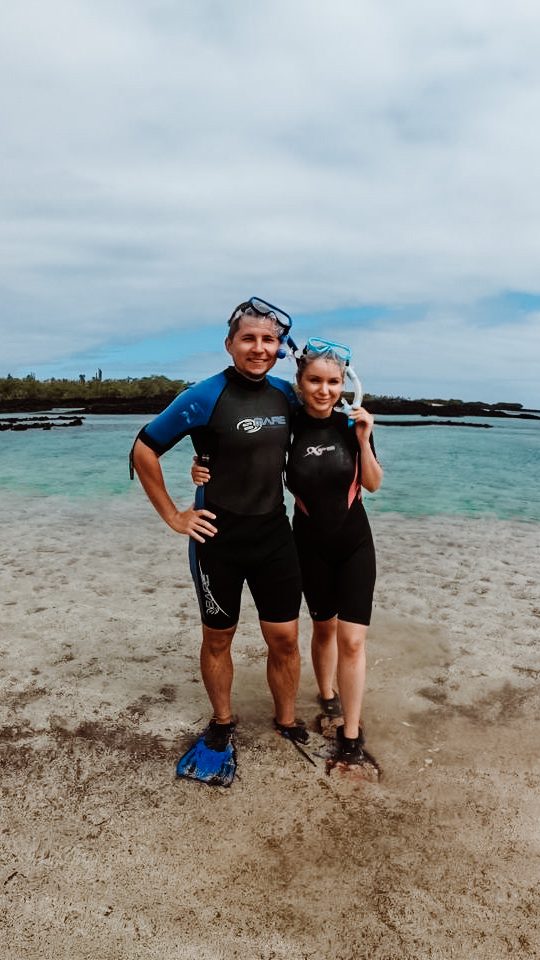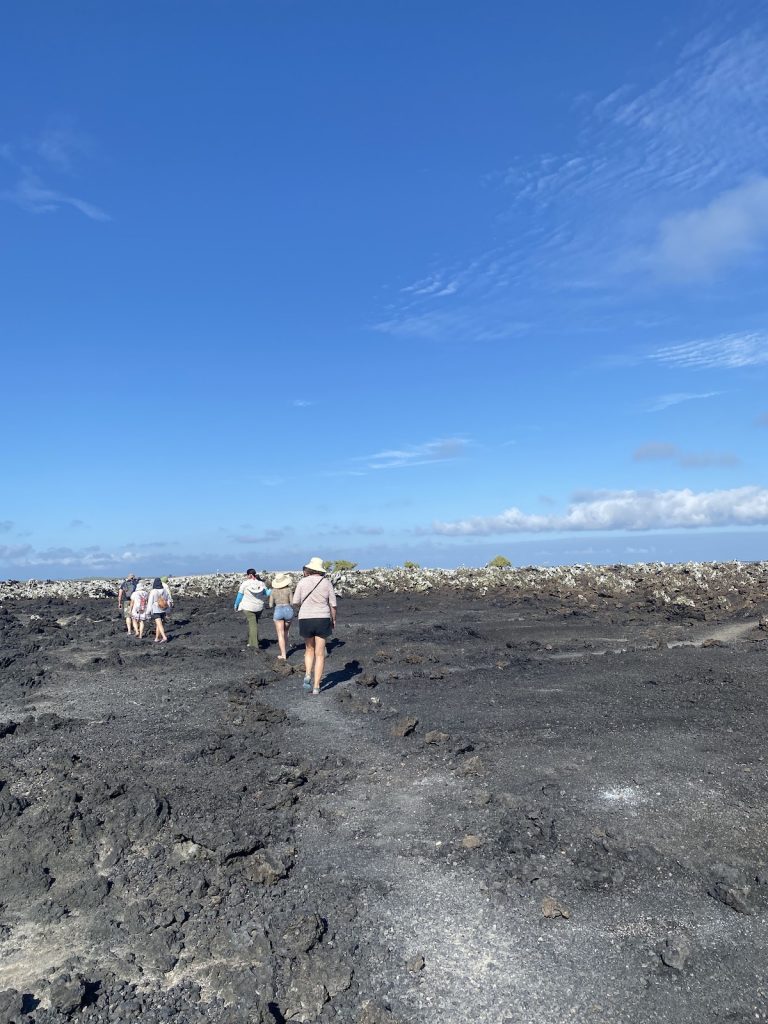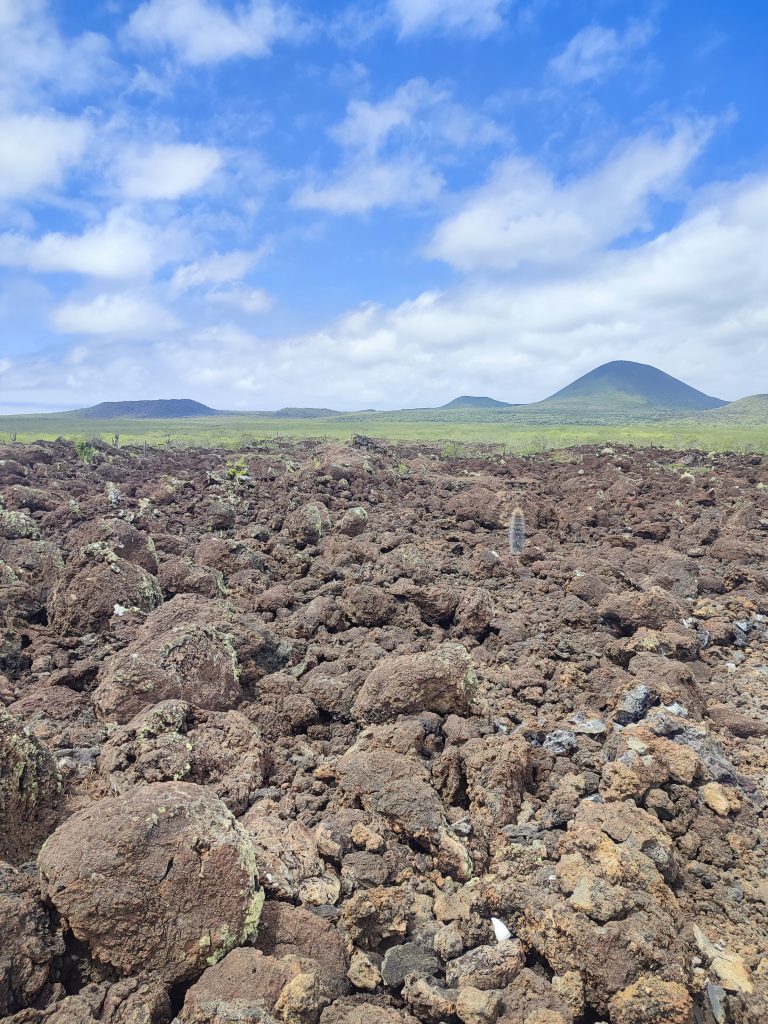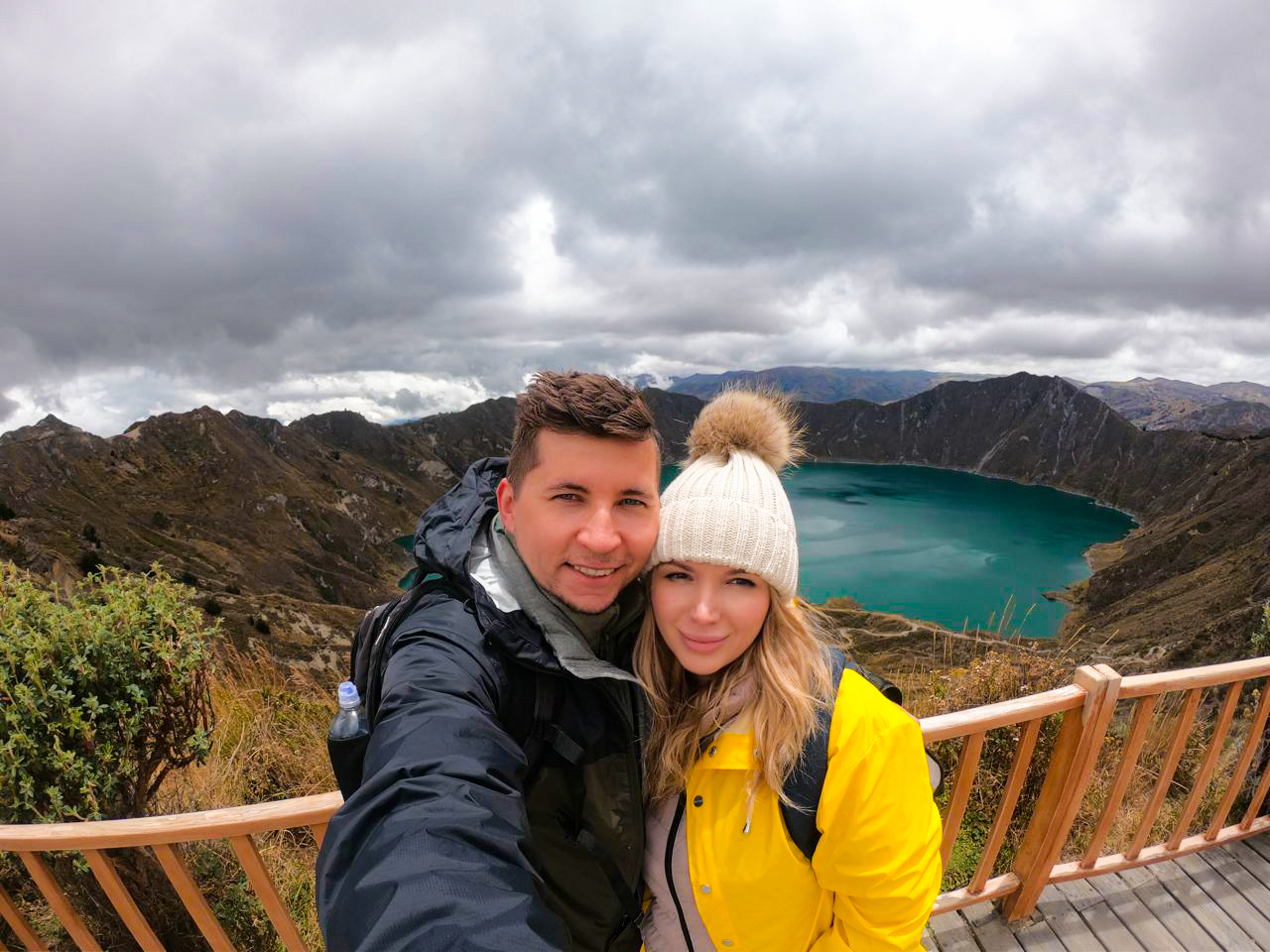The US Dollar (USD) is the official currency used in the Galapagos Islands, just like on Ecuador’s mainland. USD is widely accepted for all transactions, including accommodations, tours, and dining experiences.
Having USD as the standard currency makes it easy to calculate costs and compare prices, ensuring a smooth and hassle-free trip. Being familiar with the currency helps simplify transactions, allows for better budgeting, and avoids potential confusion or inconvenience during your stay on these stunning islands.
When I arrived in Galapagos, I wish I’d known about the limited ATMs and card acceptance. Save yourself the stress – get a FREE custom itinerary from local experts who’ll help you plan all expenses and know exactly how much cash you’ll need. Your quote request helps support this blog and local Ecuadorian communities!
Table of Contents
Cash is King on Galapagos Islands
It’s advisable to bring smaller denomination notes when visiting the Galapagos Islands, as bills larger than $20 might not be accepted in many places. Many smaller shops, hotels, and restaurants do not accept credit cards, so having cash on hand is essential for day-to-day transactions.
While larger hotels and upscale restaurants may accept cards, they often add a 5-10% surcharge for card payments. If you plan to use a card, having VISA or MasterCard is recommended, as they are more widely accepted.
On Isabela Island, it’s important to note that ATMs may not be operational, so it’s vital to have enough cash before heading there. For a smoother travel experience, it’s always a good idea to arrive with some cash from the mainland to avoid potential issues if your credit cards are not accepted or if local ATMs run out of cash, especially during busy times of the year.
Having cash readily available ensures that you can cover your expenses without unnecessary stress or inconvenience during your trip.
ATMs on Galapagos Islands
In the Galapagos Islands, cash machines are limited and can only be found in specific locations like Puerto Ayora on Santa Cruz, Puerto Baquerizo Moreno on San Cristobal, and the airport on Baltra. While these ATMs are generally reliable, it’s highly recommended to bring enough cash from the mainland to avoid any potential inconvenience.
Before departing from the mainland, we purchased our $10 INGALA Transit Card, and upon arrival in the Galapagos, we paid the $100 Galapagos National Park fee in cash before clearing immigration.
It’s important to note that the ATMs at Baltra and San Cristobal airports are only accessible after passing through immigration and the National Park desk, so having cash ready beforehand is essential.
If you’re on an island-hopping tour, you will have opportunities to access cash machines in Puerto Ayora on Santa Cruz.
Being prepared with the proper payment methods will ensure a smooth and stress-free experience while exploring the beautiful Galapagos Islands!
Tipping on Galapagos Islands
Tipping in the Galapagos Islands is a customary way to show appreciation for the services provided by guides and staff, and it’s typically done in cash after your trip. We wanted to ensure our support reached the local communities, so we found this to be a meaningful gesture.
Many travelers are given an envelope for this purpose, making it easy to express gratitude for those who helped make the experience memorable.
If you have different guides throughout your journey, it’s recommended to tip each guide at the end of the day or on your last day with them.
While tipping is common, it’s important to remember that it is entirely voluntary. The amount you tip should reflect the level of service you received, considering the effort, knowledge, and personal connection your guides offered during your travels.
Tipping is a great way to support local communities and acknowledge the individuals who enhance your Galapagos experience.
I spent hours figuring out Galapagos expenses – from entrance fees to tips, and where to get cash. Skip the confusion and get a FREE custom itinerary that includes detailed payment information for each island. Your support helps this blog and local Ecuadorian businesses!

Planning trip to Galapagos Islands?
My wife and I spent two weeks on these magnificent islands, visited nearly every possible tour, and explored as much as we could. I shared all the important details in my comprehensive Galapagos Islands Travel Guide, where I cover everything you need to know about planning a trip to the Galapagos.
Galapagos Islands travel might surprise you with extra fees to enter the islands, the complicated logistics between islands, booking tours, and knowing which spots are free to explore and which ones are not. I’ve covered it all in this Galapagos Travel Guide.
Also, if you’re planning a trip to the Galapagos, make sure to use my link for discounted hotel prices via Booking.com. It really helps support my blog!
Conclusion
Understanding the currency, cash access, and tipping practices in the Galapagos Islands is essential for smooth travel preparation. With the US Dollar as the official and widely accepted currency, navigating expenses becomes straightforward.
It’s recommended to bring smaller denomination notes and have cash on hand, as many establishments do not accept credit cards. Cash machines are limited, so arriving with enough money from the mainland ensures a hassle-free experience.
Tipping is a customary way to show appreciation to guides and staff, but it remains voluntary and should reflect the level of service you’ve received.
Being well-prepared with cash and familiar with local customs will help ensure a hassle-free and enriching journey through the amazing Galapagos Islands.





